
漢德百科全書 | 汉德百科全书
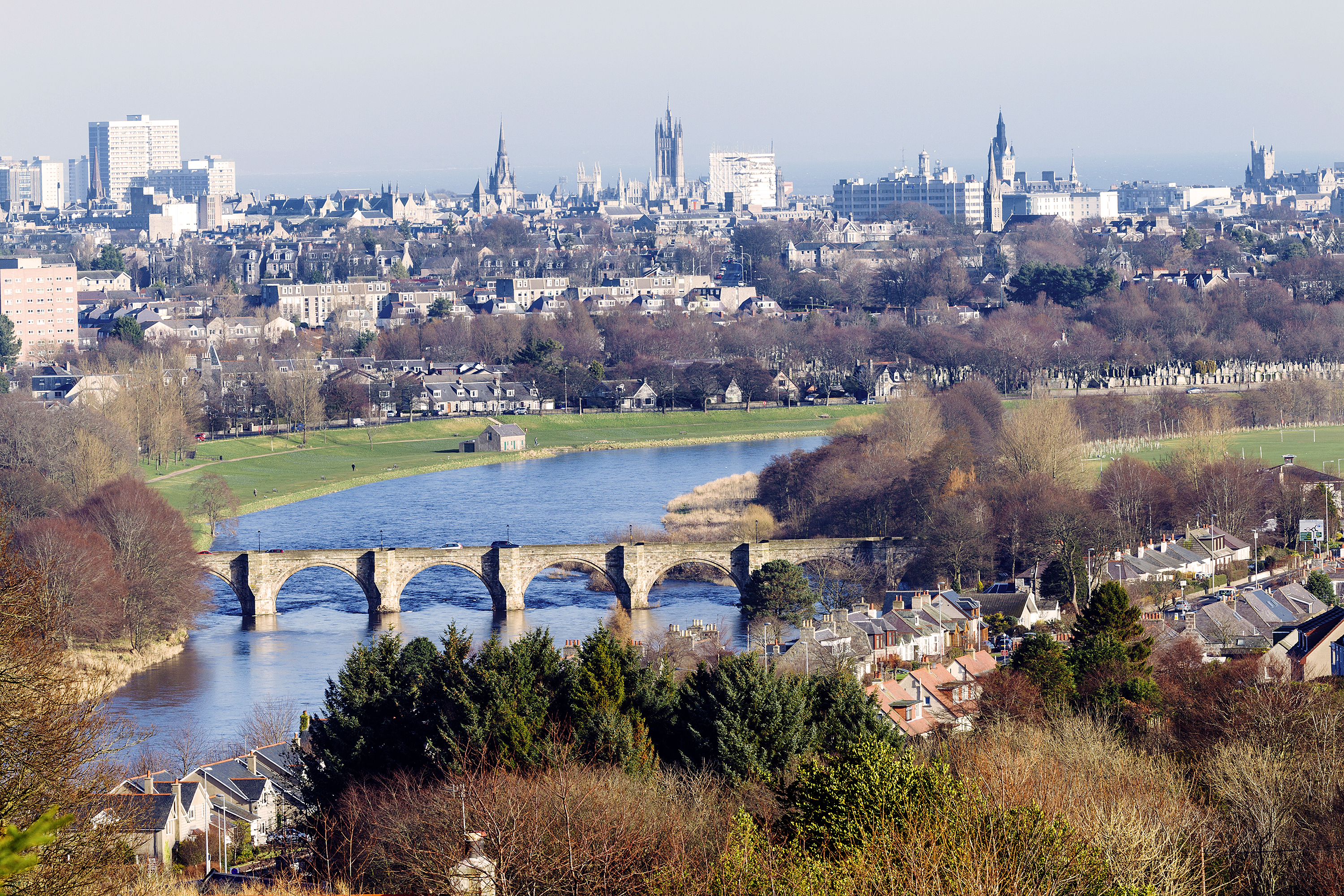
Aberdeen [æbəˈdiːn] (sco.: Aiberdeen [ebərˈdin]; schottisch-gälisch Obar Dheathain[2] [ˈopər ˈʝɛhɪn], „Mündung des Don“[2], amtlich City of Aberdeen) ist eine Stadt im Nordosten von Schottland im Vereinigten Königreich.
Die Stadt ist eine der 32 Council Areas in Schottland und hat zwei Universitäten, von denen die Universität Aberdeen im Jahr 1495 als dritte Universität in Schottland gegründet wurde. Studenten machen rund zehn Prozent der Bevölkerung aus.
Bedeutend ist die Stadt seit dem 12. Jahrhundert. Typisch für das Stadtbild ist der silbergraue Granit aus den ehemals umliegenden Steinbrüchen. Wenn die Sonne scheint, beginnt der Glimmeranteil im Granit zu glitzern, weshalb Aberdeen auch gerne Silver City genannt wird; oder Flower City, denn dank ihrer Blumenanlagen hat die Stadt wiederholt den Wettbewerb Britain in Bloom gewonnen. Seit Anfang der 1970er Jahre die ersten Ölfelder in der Nordsee erschlossen wurden, entwickelte sich die Hafenmetropole schnell zum Hauptversorgungszentrum für die Offshore-Plattformen. Bei guter Sicht konnte man die Erdölbohr-Plattformen vor der Küste mit bloßem Auge sehen.[3]
阿伯丁(英语:Aberdeen ![]() i/æbərˈdiːn/;低地苏格兰语:Aiberdeen listenⓘ;苏格兰盖尔语:Obar Dheathain [ˈopər ˈʝɛhɪn]),英国苏格兰地区的主要城市之一,是苏格兰7个指定市中,人口排行第三的城市(2020年时统计为198,590人[5])。面积186km²。该市位于苏格兰东北部,北面的顿河(River Don)与南面迪伊河(River Dee)的河口之间,是北海海滨的主要海港。[6]
i/æbərˈdiːn/;低地苏格兰语:Aiberdeen listenⓘ;苏格兰盖尔语:Obar Dheathain [ˈopər ˈʝɛhɪn]),英国苏格兰地区的主要城市之一,是苏格兰7个指定市中,人口排行第三的城市(2020年时统计为198,590人[5])。面积186km²。该市位于苏格兰东北部,北面的顿河(River Don)与南面迪伊河(River Dee)的河口之间,是北海海滨的主要海港。[6]
在18世纪中叶到20世纪中叶的200年间,阿伯丁建筑统一采用灰色花岗岩,因而有“花岗岩城”(Granite City)之称,又因为花岗岩中云母的银色光泽而被称为“银城”(Silver City)。[7] 1970年代发现了北海油田之后又获得了“欧洲石油之都”(Oil Capital of Europe)和“欧洲能源之都”(Energy Capital of Europe)等称呼。[8]
阿伯丁地区至少在8,000年前就有人类居住[9],大卫一世统治时期获得皇家自治镇的地位。而到了现代,传统的渔业、造纸业、造船业和纺织业都被石油工业和海运取代。阿伯丁直升机场是世界最繁忙的直升机场之一,[10] 其海港也是苏格兰东北部最大港口。[11]
文化上,1495年阿伯丁大学成立,这是英国最古老的古典大学之一。加上1992年获得大学资格的罗伯特戈登大学,阿伯丁成为了区域内的教育中心。该市每年也负责举办阿伯丁国际青年节。
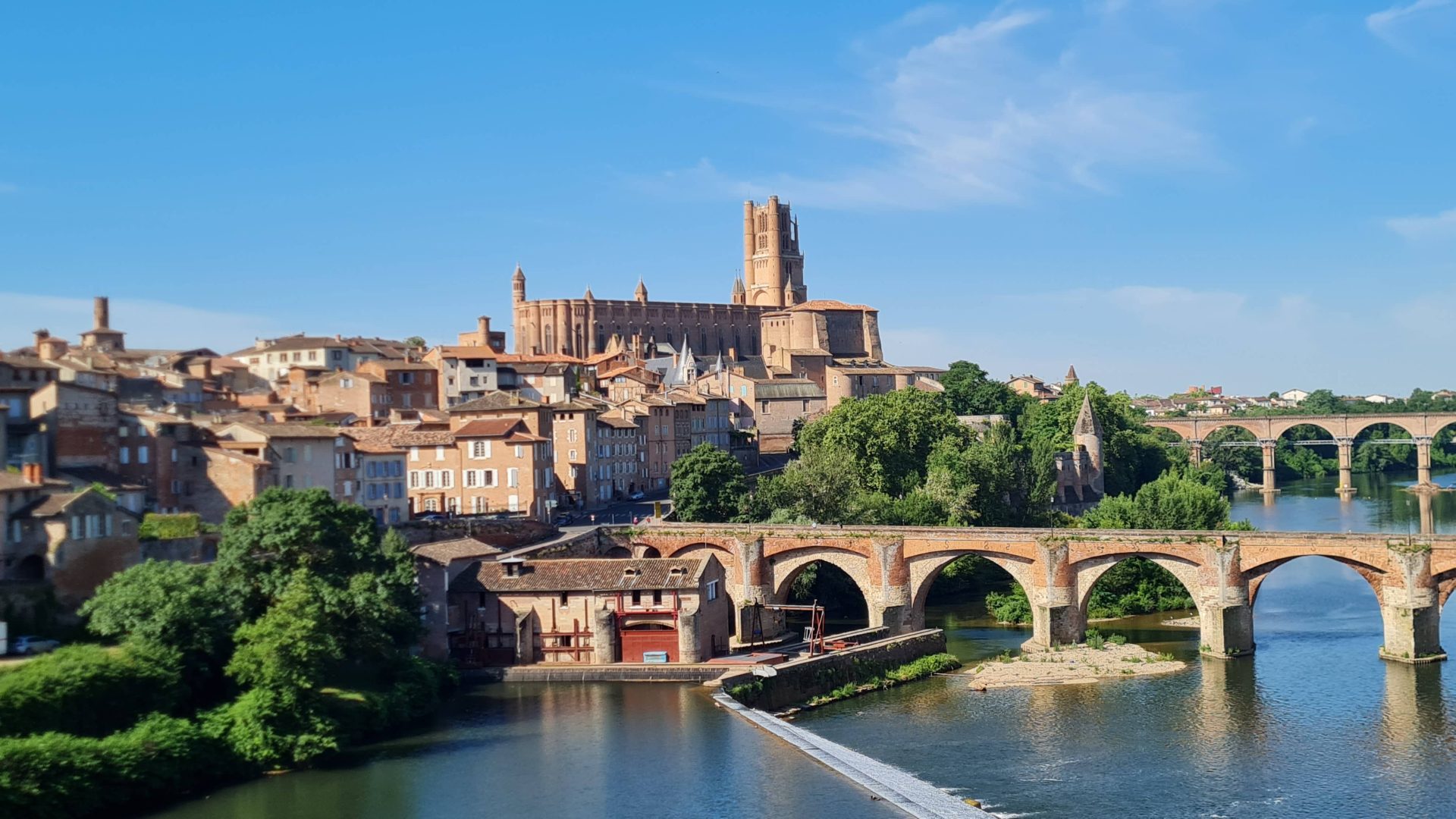

Albi ist eine französische Gemeinde und die Hauptstadt des Départements Tarn in der Region Okzitanien mit 48.902 Einwohnern (Stand: 1. Januar 2019). Albi ist Sitz eines katholischen Erzbischofs. 2010 wurde das Ensemble des Bischofsviertels in die Liste des UNESCO-Welterbes aufgenommen. Die Einwohner werden Albigenser (französisch: Albigeois) genannt. Albi liegt rund 80 Kilometer nordöstlich von Toulouse in der Mitte Südfrankreichs. Durch Albi fließt der Fluss Tarn.
阿尔比(法语:Albi,法语发音:[albi]),法国南部城市,奥克西塔尼大区塔恩省的一个市镇,也是该省的省会和人口最多的城市,下辖阿尔比区[1]。阿尔比位于塔恩省中部[2],其市镇面积为44.26平方公里,2019年1月1日时人口数量为48,902人,在法国城市中排名第133位。
阿尔比市区位于塔恩河两岸,市中心的传统建筑大多建成于中世纪中后期,普遍使用当地出土的红砖作为建筑材料,使得整个城市色调泛红,故阿尔比又被称为“红色之城”(Ville rouge)[3]。阿尔比因历史上的阿尔比派和其镇压党阿尔比十字军而闻名,同时也因16世纪的菘蓝种植而获得了大量财富。2010年7月,阿尔比古城被整体列入世界文化遗产名录。“阿尔比”一名来源于高卢-罗马时期的贵族阿尔比乌斯(Albius),后者曾长居于阿尔比附近,其作为地名在公元5世纪的《法兰克人史》中以“Albiga”的形式出现。
阿尔比位于法国南部偏西,奥克西塔尼大区中西部和塔恩省中部偏北,距离法国首都巴黎大约690公里,距离大区首府图卢兹大约77公里[2]。与阿尔比接壤的市镇包括:莱斯屈勒达尔比热瓦、卡尼亚克莱米讷、康邦、卡尔吕、卡斯泰尔诺-德莱维斯、屈纳克、弗洛朗坦、弗雷热罗勒、塔恩河畔马尔萨克、皮古宗、鲁菲亚克、圣瑞埃里、萨列斯、勒塞凯斯特尔、泰尔萨克、皮古宗。

阿尔勒(法语:Arles,法语发音:[aʁl],港台译作亚尔;普罗旺斯方言:Arle),法国东南部城市,普罗旺斯-阿尔卑斯-蓝色海岸大区罗讷河口省的一个市镇,同时也是该省的一个副省会,下辖阿尔勒区[1],2021年1月1日时人口数量为50,415人,在法国城市中排名第121位。
阿尔勒是法国本土面积最大的市镇(如果算上海外部分,法国面积最大市镇则为法属圭亚那的马里帕苏拉),其市镇范围包括了几乎整个卡马格自然保护区,总面积达758.9平方公里。阿尔勒位于罗讷河口省西部,罗讷河两岸,是一个区域性的中心城市[2]。阿尔勒是法国艺术与历史之城,是罗讷河入海前的最后一处内港,也是连接普罗旺斯和朗格多克之间的重要通道,其城市建于古罗马时期,市区内有阿尔勒竞技场、古代剧场等多处古罗马建筑,已于1981年被列入《世界文化遗产》。
Arles [aʁl]; okzitanisch Arle [ˈaʀle], ist eine französische Stadt mit 50.415 Einwohnern (Stand 1. Januar 2021) im Département Bouches-du-Rhône in der Region Provence-Alpes-Côte d’Azur. Sie ist Sitz der Unterpräfektur des Arrondissement Arles.
Der historische Ortskern liegt am Ostufer der Rhone, 24 km vom Mittelmeer entfernt. Zu Arles gehören ein neueres Stadtgebiet am Westufer (Stadtteil Trinquetaille) und das Gebiet der nördlichen und östlichen Camargue, deshalb ist Arles mit ca. 760 km² die flächenmäßig größte Gemeinde Frankreichs (zum Vergleich: Paris 105 km²). Links der Rhone liegen die Gemeinden Raphèle, Moulès und Mas Thibert, in der östlichen Camargue Le Sambuc und Salin-de-Giraud, alle südlich des Zentrums von Arles. Zusätzlich liegen noch elf Dörfer und zahlreiche Weiler in bis zu 40 Kilometern Entfernung vom Stadtzentrum.
Nördlich des Stadtgebietes, in Fourques auf dem anderen Rhôneufer, beginnt das Department Gard. Südlich schließt sich die Camargue an. Die großen natürlichen Sandstrände von Beauduc und Piémanson bieten kilometerlang Dünen und feinsten Sandstrand in einer unberührten Landschaft.

阿尔隆(法语:Arlon,发音:[aʁlɔ̃] (ⓘ);荷兰语:Aarlen,发音:[ˈaːrlə(n)] (ⓘ);德语:Arel,发音:[ˈaːʁəl] (ⓘ);卢森堡语:Arel,发音:[ˈaːʀəl] (ⓘ)),比利时瓦隆大区卢森堡省城市,同时也是该省省会与同名区区府,通行法语,是比利时法语社群的一部分。其市镇面积119.06平方千米,人口30,818人(2022年1月1日),是该省人口最多的市镇。
阿尔隆位于比卢边境,东与卢森堡大公国接壤,是阿尔隆地区的首府。阿尔隆是比利时最古老的城市之一,其城市起源可追溯至罗马高卢时期。阿尔隆历史上为卢森堡伯国与大公国的一部分,传统语言为卢森堡语(阿尔隆方言),但其如今已式微。今天,该市已成为所在地区的商业、行政、教育和工业中心[1][2]。
Arlon (deutsch und luxemburgisch Arel, niederländisch Aarlen, im Deutschen wird heute meist der französische Name verwendet) ist eine Stadt im Südosten von Belgien in der Region Wallonien mit 30.818 Einwohnern (Stand 1. Januar 2022). Sie ist die Hauptstadt der belgischen Provinz Luxemburg.
In und um Arlon (Areler Land) wird neben dem Französischen auch ein mit dem Luxemburgischen eng verwandter, vom Aussterben bedrohter moselfränkischer Dialekt gesprochen (Areler Platt).



阿拉斯(法语:Arras,法语:[aʁɑːs] (ⓘ)),法国北部城市,上法兰西大区加来海峡省的一个市镇,同时也是该省的省会,下辖阿拉斯区[1],其市镇面积为11.63平方公里,2021年1月1日时人口数量为42,600人。阿拉斯历史上阿图瓦行省的首都,自法国大革命以来一直为加来海峡省的省会[2],近代因纺织工业而闻名,现代则是这一地区的政治、历史、文化、教育中心。阿图瓦大学总部位于阿拉斯,是法国的一所综合性公立大学[3]。阿拉斯也是重要的交通枢纽,多条铁路及公路在阿拉斯交汇,往返于巴黎和阿拉斯之间的高速列车运行时间仅有51分钟[4]。
Arras [aʁɑːs] (niederländisch in historischem Kontext Atrecht) ist eine französische Stadt in der Region Hauts-de-France. Sie ist Verwaltungssitz des Départements Pas-de-Calais.


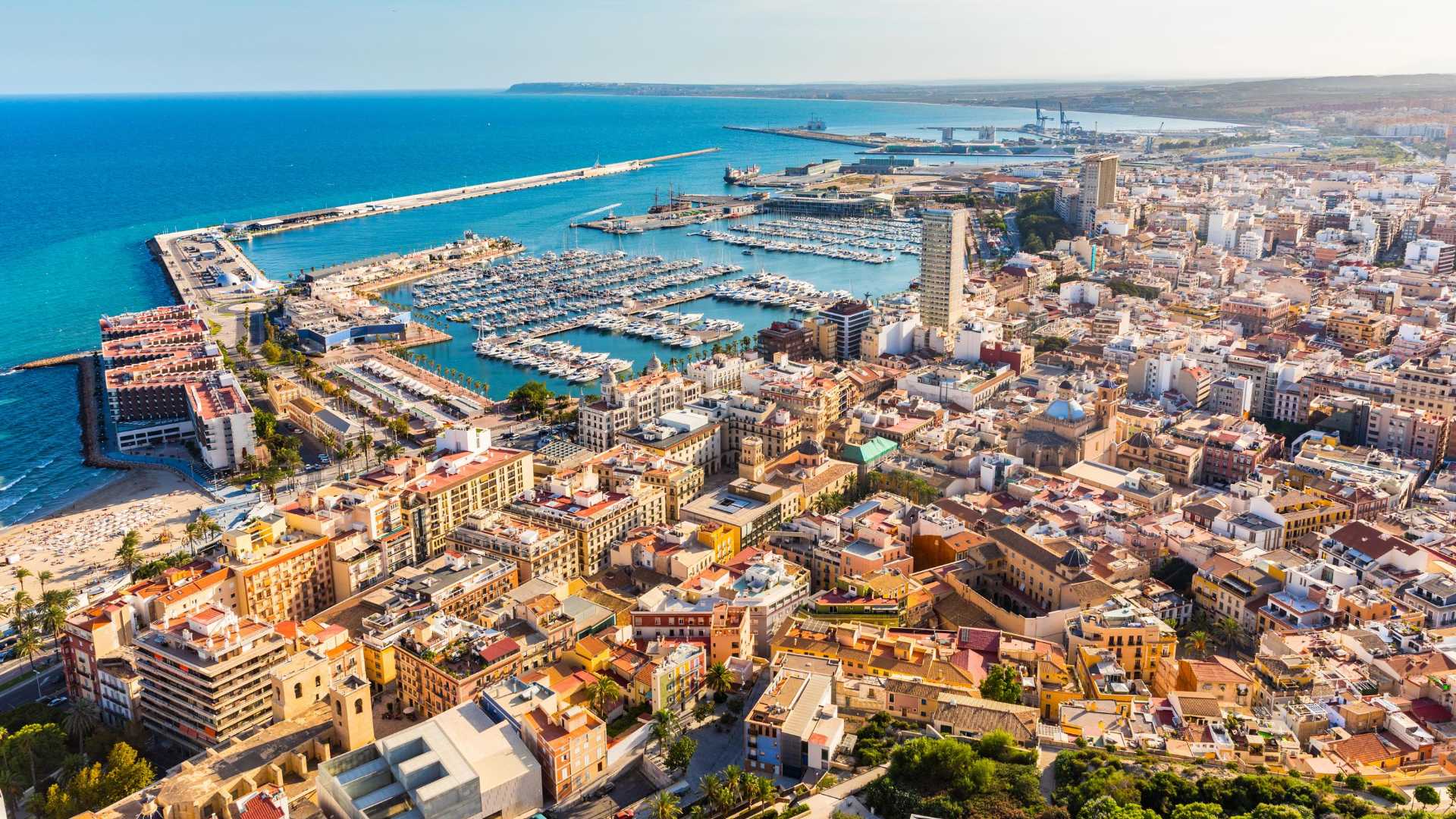
Alicante (spanisch) bzw. Alacant (valencianisch) ist eine spanische Hafenstadt an der Costa Blanca mit 338.577 Einwohnern (Stand: 1. Januar 2022). Alicante ist die Hauptstadt der gleichnamigen Provinz und nach Valencia die wichtigste Stadt der autonomen Valencianischen Gemeinschaft.
Ihre Wirtschaft basiert hauptsächlich auf Tourismus und Weinproduktion. Neben Wein werden auch Olivenöl und Obst exportiert. Daneben gibt es Leichtindustrien wie die Lebensmittelverarbeitung sowie eine Leder-, Textil- und Steinzeugindustrie. Außerdem ist Alicante seit 1994 der Sitz des Amts der Europäischen Union für Geistiges Eigentum.
阿利坎特(西班牙语:Alicante;巴伦西亚语:Alacant)是西班牙巴伦西亚自治区,阿利坎特省的首府,在地中海旁,是重要的海港,有西班牙最古老的铁路连接。
它亦是欧盟商标局总部所在地。

 Eurovision Song Contest,ESC
Eurovision Song Contest,ESC
 Fußball-Europameisterschaft 2020
Fußball-Europameisterschaft 2020

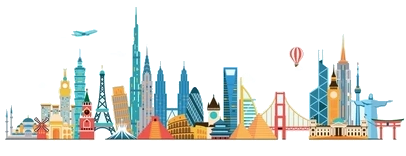 Internationale Städte
Internationale Städte
 *Kulturhauptstadt Europas
*Kulturhauptstadt Europas
 Niederlande
Niederlande
 Olympische Sommerspiele
Olympische Sommerspiele
 Olympische Sommerspiele 1928
Olympische Sommerspiele 1928

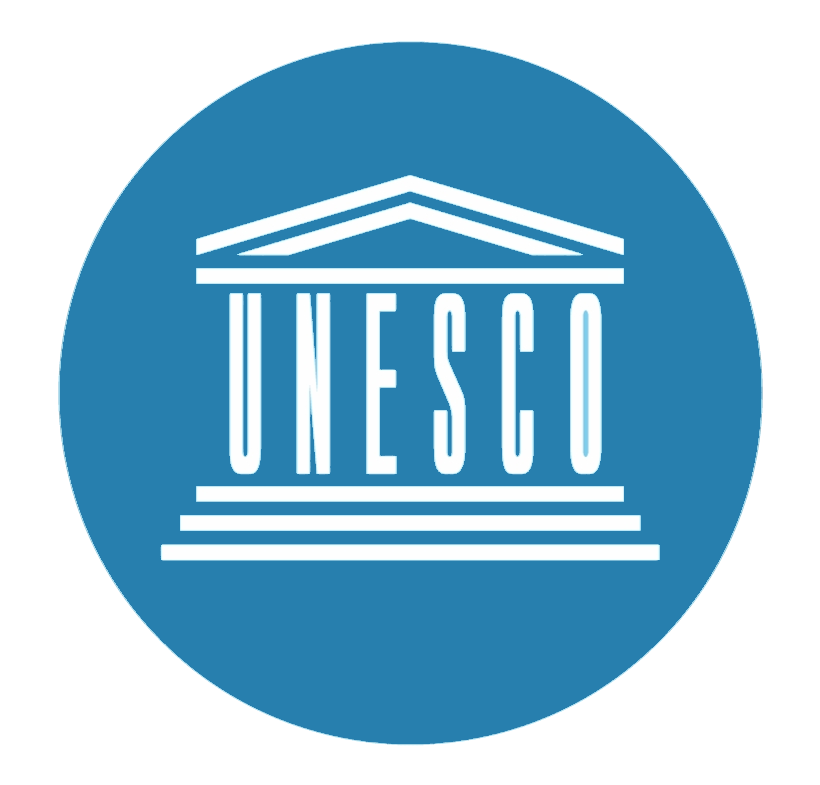 Weltkulturerbe
Weltkulturerbe

 Wichtiger Hafen
Wichtiger Hafen
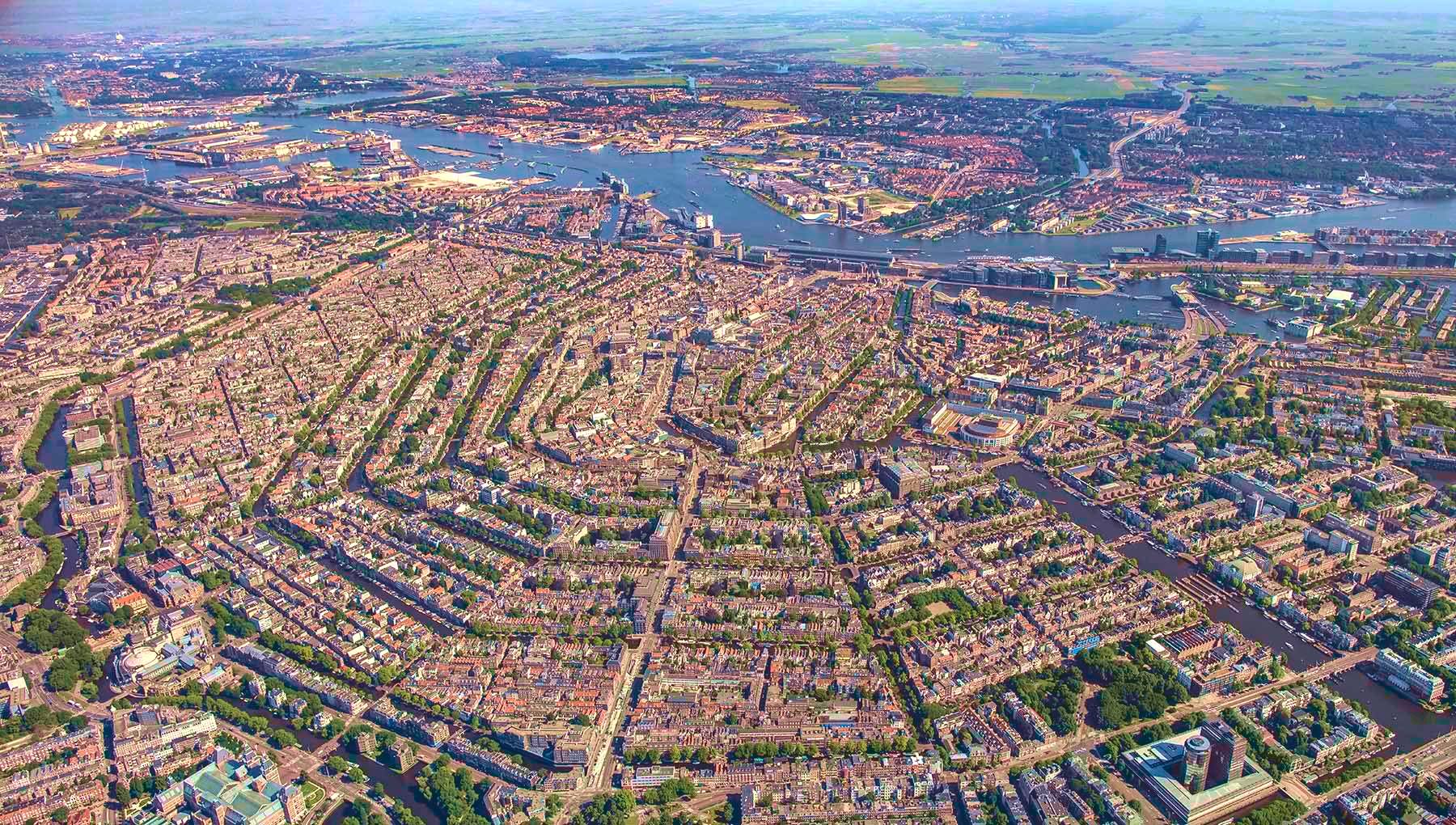
Amsterdam (niederländisch  Amsterdam?/i) ist die Hauptstadt und einwohnerstärkste Stadt des Königreichs der Niederlande. Die Gemeinde Amsterdam hat 851.223 Einwohner (Stand: 31. August 2017)[2] und als Agglomeration Groot-Amsterdam 1.362.270 Millionen (Stand: 28. Februar 2018).[3] Im Großraum Amsterdam, der den nördlichen Teil des niederländischen Verdichtungsraumes Randstad ausmacht, leben etwa 2,4 Millionen Menschen (2012).[4] Auch wenn sich der Regierungssitz des Landes sowie die Königsresidenz im 60 Kilometer entfernten Den Haag befinden, ist Amsterdam seit 1983 gemäß niederländischer Verfassung die Hauptstadt der Niederlande.[5]
Amsterdam?/i) ist die Hauptstadt und einwohnerstärkste Stadt des Königreichs der Niederlande. Die Gemeinde Amsterdam hat 851.223 Einwohner (Stand: 31. August 2017)[2] und als Agglomeration Groot-Amsterdam 1.362.270 Millionen (Stand: 28. Februar 2018).[3] Im Großraum Amsterdam, der den nördlichen Teil des niederländischen Verdichtungsraumes Randstad ausmacht, leben etwa 2,4 Millionen Menschen (2012).[4] Auch wenn sich der Regierungssitz des Landes sowie die Königsresidenz im 60 Kilometer entfernten Den Haag befinden, ist Amsterdam seit 1983 gemäß niederländischer Verfassung die Hauptstadt der Niederlande.[5]
Amsterdam liegt in der niederländischen Provinz Nordholland, wo Amstel und IJ direkt hintereinander in das IJsselmeer münden. Der Hafen der Stadt ist durch den Nordseekanal mit der Nordsee verbunden. Amsterdam ist für die vielen Grachten weltberühmt.
阿姆斯特丹(荷兰语:Amsterdam[ɑmstərˈdɑm] ),是荷兰首都及最大城市,位于该国西部省份北荷兰省。根据2008年1月的统计数据,这座城市人口达747,290人;而该城市所处的兰斯台德都市圈,大约有670万人口,是欧洲第6大都市圈。
其名称源于Amstel dam,这表明了该城市的起源:一个位于阿姆斯特尔河上的水坝,即今水坝广场址。12世纪晚期一个小渔村建于此,而后由于贸易的迅猛发展,阿姆斯特丹在荷兰黄金时代一跃而成为世界上最重要的港口。在那个时代,该城是金融和钻石的中心。 19和20世纪,该城扩展,许多新的街坊与近郊住宅区形成。
阿姆斯特丹是荷兰的金融和文化首都。许多荷兰大型机构的总部都设于此,其中包括飞利浦和ING等7家世界500强企业的总部。作为泛欧交易所的一部分,阿姆斯特丹证券交易所坐落于城市中心。阿姆斯特丹有很多旅游景点,包括历史悠久的运河网、荷兰国家博物馆、凡·高博物馆、安妮之家、红灯区以及许多大麻咖啡馆。每年有大约420万游客来此观光。
作为当前荷兰第一大城市,阿姆斯特丹历经了从渔村到国际化大都市的发展过程,经历了辉煌与破坏,以及世界大战的洗礼,从一定程度上讲,她的历史也是荷兰历史的一个缩影。
アムステルダム(オランダ語: Amsterdam [ˌʔɑmstərˈdɑm] (![]() 音声ファイル))は、オランダの北ホラント州の基礎自治体(ヘメーンテ)であり、オランダ最大の都市である。人口820,654人(2012年)、都市圏人口は2,289,762人にのぼる。商業や観光が盛んなヨーロッパ屈指の世界都市である[6]。オランダ語での発音は片仮名で表記すると「アムスタダム」に近い。地名は「アムステル川のダム(堤防)」の意(「ダム広場」の項を参照)。
音声ファイル))は、オランダの北ホラント州の基礎自治体(ヘメーンテ)であり、オランダ最大の都市である。人口820,654人(2012年)、都市圏人口は2,289,762人にのぼる。商業や観光が盛んなヨーロッパ屈指の世界都市である[6]。オランダ語での発音は片仮名で表記すると「アムスタダム」に近い。地名は「アムステル川のダム(堤防)」の意(「ダム広場」の項を参照)。
憲法に規定されたオランダの首都だが、国会、中央官庁、王宮、各国の大使館など首都機能のほとんどはデン・ハーグにある[7]。
元々は小さな漁村だったが、13世紀にアムステル川の河口にダムを築き、町が築かれた。16世紀には海運貿易の港町として、ヨーロッパ屈指の都市へと発展した。現在のアムステルダムは、アムステルダム中央駅を中心に市内に網の目状に広がる運河や、その運河に沿って並ぶ無総督時代の豪商の邸宅、自転車、飾り窓の女性たち、アンネ・フランクの家などで広く知られる。
Amsterdam (/ˈæmstərdæm/, UK also /ˌæmstərˈdæm/;[9][10] Dutch: [ɑmstərˈdɑm] ( listen)) is the capital and most populous municipality of the Netherlands. Its status as the capital is mandated by the Constitution of the Netherlands,[11] although it is not the seat of the government, which is The Hague.[12] Amsterdam has a population of 851,373 within the city proper, 1,351,587 in the urban area,[13] and 2,410,960 in the Amsterdam metropolitan area.[8] The city is located in the province of North Holland in the west of the country but is not its capital, which is Haarlem. The metropolitan area comprises much of the northern part of the Randstad, one of the larger conurbations in Europe, with a population of approximately 8 million.[14]
listen)) is the capital and most populous municipality of the Netherlands. Its status as the capital is mandated by the Constitution of the Netherlands,[11] although it is not the seat of the government, which is The Hague.[12] Amsterdam has a population of 851,373 within the city proper, 1,351,587 in the urban area,[13] and 2,410,960 in the Amsterdam metropolitan area.[8] The city is located in the province of North Holland in the west of the country but is not its capital, which is Haarlem. The metropolitan area comprises much of the northern part of the Randstad, one of the larger conurbations in Europe, with a population of approximately 8 million.[14]
Amsterdam's name derives from Amstelredamme,[15] indicative of the city's origin around a dam in the river Amstel. Originating as a small fishing village in the late 12th century, Amsterdam became one of the most important ports in the world during the Dutch Golden Age (17th century), a result of its innovative developments in trade. During that time, the city was the leading centre for finance and diamonds.[16] In the 19th and 20th centuries the city expanded, and many new neighbourhoods and suburbs were planned and built. The 17th-century canals of Amsterdam and the 19–20th century Defence Line of Amsterdam are on the UNESCO World Heritage List. Since the annexation of the municipality of Sloten in 1921 by the municipality of Amsterdam, the oldest historic part of the city lies in Sloten (9th century).
As the commercial capital of the Netherlands and one of the top financial centres in Europe, Amsterdam is considered an alpha world city by the Globalization and World Cities (GaWC) study group. The city is also the cultural capital of the Netherlands.[17] Many large Dutch institutions have their headquarters there, and seven of the world's 500 largest companies, including Philips, AkzoNobel, TomTom and ING, are based in the city.[18] Also, many leading technology companies have their European headquarters in Amsterdam, such as Uber, Netflix and Tesla.[19] In 2012, Amsterdam was ranked the second best city to live in by the Economist Intelligence Unit (EIU)[20] and 12th globally on quality of living for environment and infrastructure by Mercer.[21] The city was ranked 3rd in innovation by Australian innovation agency 2thinknow in their Innovation Cities Index 2009.[22] The Port of Amsterdam to this day remains the second in the country, and the fifth largest seaport in Europe.[23] Famous Amsterdam residents include the diarist Anne Frank, artists Rembrandt van Rijn and Vincent van Gogh, and philosopher Baruch Spinoza.
The Amsterdam Stock Exchange, the oldest stock exchange in the world, is located in the city centre. Amsterdam's main attractions, include its historic canals, the Rijksmuseum, the Van Gogh Museum, the Stedelijk Museum, Hermitage Amsterdam, the Anne Frank House, the Scheepvaartmuseum, the Amsterdam Museum, the Heineken Experience, the Royal Palace of Amsterdam, Natura Artis Magistra, Hortus Botanicus Amsterdam, NEMO Science Museum, its red-light district and its many cannabis coffee shops draw more than 5 million international visitors annually.[24] The city is also well known for its nightlife and festival activity; several of its nightclubs (Melkweg, Paradiso) are among the world's most famous. It is also one of the world's most multicultural cities, with at least 177 nationalities represented.[25]
Amsterdam (Écouter) est la commune la plus peuplée et la capitale du royaume des Pays-Bas, bien que le gouvernement ainsi que la plupart des institutions du pays siègent à La Haye. Sur la base des chiffres de l'année 2017, la commune d'Amsterdam compte plus de 850 000 habitants appelés Amstellodamois, au cœur de la région d'Amsterdam qui regroupe environ 1 350 000 habitants. L'aire urbaine, qui rassemble plus de 2 400 000 résidents3,4 fait elle-même partie d'une conurbation appelée Randstad Holland qui compte 7 100 000 habitants. La ville est située en Hollande-Septentrionale, mais n'est cependant pas la capitale de la province, cette dernière étant Haarlem, située à 19 kilomètres à l'ouest d'Amsterdam.
Le nom de la commune vient de l'ancien nom néerlandais Amstelredamme évoquant les origines de la ville : la digue (Dam) sur l'Amstel. Petit village de pêcheurs au XIIe siècle, la ville connaît une très forte croissance au Moyen Âge au point de devenir l'un des principaux ports du monde durant le Siècle d'or néerlandais. Le quartier De Wallen est la partie la plus ancienne de la ville, qui se développe autour d'un réseau concentrique de canaux semi-circulaires reliés par des canaux perpendiculaires, formant une « toile d'araignée ». Au centre de la vieille ville se trouve, sur la place du Dam, le palais royal d'Amsterdam, construit au XVIIe siècle, symbole de l'importance de la ville. Guillaume Ier en fait sa résidence en 1815. Depuis juillet 2010, le quartier du Grachtengordel, délimité par le Herengracht, Keizersgracht et Prinsengracht, figure sur la liste du patrimoine mondial de l'UNESCO. Dans cette zone que se trouve le renommé béguinage d'Amsterdam, cour arborée et bordée d'habitations anciennes — la plus vieille datant de 1528 environ — abritant en son sein une chapelle anglicane.
Amsterdam est l'un des centres économiques majeurs des Pays-Bas et l'un des principaux centres financiers d'Europe. Les sièges sociaux de plusieurs firmes multinationales (Philips, AkzoNobel, ING et TomTom notamment) sont situés dans la ville et d'autres ont leurs bureaux européens basés à Amsterdam (principalement Netflix, Uber et Tesla). La ville est également la première destination touristique et culturelle néerlandaise, notamment du fait de la renommée ses principaux musées concentrés autour du Museumplein : le musée d'État, la fondation d'art moderne Stedelijk Museum et le Van Gogh Museum figurent parmi les plus visités au monde. D'autres lieux culturels d'importance sont le musée scientifique NEMO, l'Institut royal des Tropiques, le musée d'art Hermitage, l'institut du cinéma EYE, le musée maritime néerlandais et la Maison Anne Frank.
Divers classements placent Amsterdam parmi les métropoles mondiales offrant le meilleur confort de vie5, le magazine américain Forbes la positionnant à la première place en 20166. Selon l'Economist Intelligence Unit, elle est également la deuxième ville la plus sûre d'Europe après Stockholm7. La majorité des déplacements en ville s'effectue grâce aux quinze lignes de tramway, aux cinq lignes de métro, à pied ou à vélo. La ville est réputée pour ses événements festivaliers (particulièrement l'Amsterdam Music Festival, Sensation, In Qontrol et Uitmarkt), ses discothèques (spécifiquement Paradiso et Melkweg) et ses salles de concert (notamment le Ziggo Dome, Concertgebouw, Heineken Music Hall et Stadsschouwburg). Amsterdam est aussi connue pour son quartier rouge, ainsi que pour ses nombreux coffee shops possédant une licence leur permettant de commercialiser le cannabis, reflétant le progressisme politique des Pays-Bas8.
Amsterdam (pron. /ˈamsterdam/[1]; in olandese: /ˌɑmstər'dɑm/, pronuncia[?·info]) è la capitale e la maggiore città dei Paesi Bassi, nella provincia dell'Olanda Settentrionale. La municipalità di Amsterdam ha 851.573 residenti (al 2017) di oltre 170 nazionalità, mentre la popolazione che risiede nell'area metropolitana è di circa 2.289.762 persone. L'area al centro della città circondata dai canali del XII secolo è dal 2010 Patrimonio dell'umanità.
Amsterdam possiede uno dei maggiori centri rinascimentali di tutta l'Europa. Numerose costruzioni che risalgono al periodo tra il XVI e XVII secolo, conosciuto anche come Secolo d'oro, sono ora considerate monumenti storici e sono collocate intorno ad una serie di canali poligonali concentrici. Questi cingono il vecchio porto che un tempo era affacciato sullo Zuiderzee, oggi un lago separato dal resto del mare e noto con il nome di IJsselmeer. La città è famosa per ospitare il Rijksmuseum (museo statale), il museo Van Gogh, il Concertgebouw, il Rembrandthuis, la casa di Anna Frank e un enorme numero di biciclette.
Amsterdam è anche famosa per il suo quartiere a luci rosse, il De Wallen, e i suoi numerosi coffee-shop autorizzati alla vendita di marijuana e di derivati della cannabis.
Il motto ufficiale della città è "Heldhaftig, Vastberaden, Barmhartig" ("valorosa, decisa, misericordiosa"). Le tre croci di Sant'Andrea sulla bandiera sono associate a queste tre parole, benché siano entrate in uso prima del motto.
Ámsterdam5 o Amsterdam, según la pronunciación etimológica ( Amsterdam (?·i) [ɑmstər'dɑm]), es la capital oficial de los Países Bajos. La ciudad está situada entre la bahía del IJ, al norte, y a las orillas del río Amstel, al sureste. Fue fundada en el siglo XII como un pequeño pueblo pesquero. Sin embargo, en la actualidad es la ciudad más grande del país y un gran centro financiero y cultural de proyección internacional.
Amsterdam (?·i) [ɑmstər'dɑm]), es la capital oficial de los Países Bajos. La ciudad está situada entre la bahía del IJ, al norte, y a las orillas del río Amstel, al sureste. Fue fundada en el siglo XII como un pequeño pueblo pesquero. Sin embargo, en la actualidad es la ciudad más grande del país y un gran centro financiero y cultural de proyección internacional.
Tiene una población de unos 810 000 habitantes y en su área metropolitana residen aproximadamente 1,5 millones. Cabe destacar que Ámsterdam forma parte de la gran conurbación neerlandesa llamada Randstad (junto con las ciudades de La Haya, Róterdam y Utrecht), que cuenta con más de 6,5 millones de habitantes. Este núcleo es una de las conurbaciones más grandes de Europa.
El centro histórico de la ciudad fue construido en gran parte en el siglo XVII y es hoy en día uno de los centros históricos más grandes de Europa. En aquella época se construyeron una serie de canales semicirculares alrededor del casco antiguo ya existente de la ciudad. Después se edificaron las nuevas calles que ahora habían sido creadas con casas y almacenes en un estilo típico neerlandés que es una de las imágenes más famosas de Ámsterdam y del país. Al igual que otras ciudades de Europa septentrional con abundancia de agua, como Brujas, Hamburgo y Estocolmo, es conocida coloquialmente como la «Venecia del norte».
Aunque durante casi toda su historia (excepto entre 1808–1810) ha sido la capital oficial de los Países Bajos, nunca ha sido la sede de la justicia, el gobierno o el parlamento neerlandés, ya que todos estos órganos se encuentran en la ciudad de La Haya, que por tanto es la principal ciudad del país con respecto a política y justicia. Ámsterdam tampoco es la capital de la provincia de Holanda Septentrional, que siempre ha sido Haarlem.
Амстерда́м (нидерл. Amsterdam [ˌɑmstərˈdɑm]) — столица и крупнейший город Нидерландов. Является столицей королевства с 1814 года. Расположен в провинции Северная Голландия на западе страны в устье рек Амстел и Эй. Амстердам соединён Нордзе-каналом с Северным морем.
По состоянию на 1 января 2012 года население муниципалитета Амстердам составляет 801 847 человек[1], вместе с пригородами (городской округ) — 2,3 млн жителей. Амстердам является частью агломерации Рандстад, которая является 6-й по величине в Европе.
Название города произошло от двух слов: «Амстел» — название реки и «дам» — «дамба». В XII веке это была небольшая рыбачья деревня, но во времена Золотого века Нидерландов Амстердам стал одним из наиболее значимых портов мира и крупным торговым центром.
Город является местом концентрации различных культур — в апреле 2009 года здесь проживали представители 177 национальностей.
Амстердам также является финансовой и культурной столицей Нидерландов. Здесь расположились штаб-квартиры 7 из 500 наиболее крупных мировых компаний, например, Philips и ING Groep. Также в центре города расположена старейшая в мире фондовая биржа.
В Амстердаме расположен главный офис Гринпис.
Множество достопримечательностей: Рейксмюзеум, Музей Винсента Ван Гога, Городской музей, Эрмитаж на Амстеле, квартал красных фонарей (Де Валлен) — ежегодно привлекает в город около 4,2 миллиона туристов.

Annecy ist eine ostfranzösische Stadt mit 125.694 Einwohnern (Stand 1. Januar 2015) und die Hauptstadt des Départements Haute-Savoie in der Region Auvergne-Rhône-Alpes.
Sie wurde zur Alpenstadt des Jahres 2012 gekürt.
安锡(法语:Annecy, 台湾译作安锡,中国大陆译为阿讷西或安讷西)是法国罗讷-阿尔卑斯大区上萨瓦省的首府。阿纳西地处阿尔卑斯山脉西北麓,安纳西湖北岸,位于尚贝里和瑞士日内瓦之间,历史上长期受到这两个城市的影响。1401年起由萨伏依王朝统治。加尔文主义在日内瓦兴起后,这里成为反宗教改革的据点。法国大革命期间,安纳西被法国吞并,波旁王朝复辟后又归还萨丁尼亚王国。1860年,萨伏依被让与法国,阿讷西成为上萨瓦省的首府。
Annecy (French pronunciation: [ansi]; Arpitan: Èneci or Ènneci) is the largest city of Haute-Savoie department in the Auvergne-Rhône-Alpes region in southeastern France. It lies on the northern tip of Lake Annecy, 35 kilometers (22 mi) south of Geneva.
Nicknamed the "Pearl of French Alps" in Raoul Blanchard's monograph describing its location between lake and mountains, the city controls the northern entrance to the lake gorge. Due to a lack of available building land between the lake and the protected Semnoz mountain, its population remained stagnant, around 50,000 inhabitants, since 1950. However, the 2017 city merge extended the city population to 124,401 inhabitants, and 203,078 for its urban area, 6th regional position below Annemasse, which counts 292,000 inhabitants in the northern department.
Switching from counts of Geneva’s dwelling in the 13th century, to counts of Savoy’s in the 14th century, the city became Savoy's capital in 1434 during the Genevois-Nemours prerogative until 1659. Its role increased in 1536, during the Calvinist Reformation in Geneva, while the bishop took refuge in Annecy. Saint Francis de Sales gave Annecy its advanced Catholic citadel role known as Counter-Reformation. The annexation of Savoy merged the city to France in 1860.
Sometimes called "Venice of the Alps", this idyllic and touristic representation comes from the three canals and the Thiou river lying through the old city and whose initial role was to protect the city and to empower its handicrafts. The city experienced an industrial development in the 19th century with silk manufacturing. Some of its industrial legacy remains today with the headquarters of NTN-SNR bearings, Salomon, Entremont and Dassault Aviation.
Since the end of the 19th century, Annecy developed tourism around its lake summer facilities, winter resorts proximity and cultural attraction with its castle renovation and fine art museum opening in 1956 and the Animated Film Festival since 1960, hosted in Bonlieu's cultural Center. The municipal environmental policy managed to keep 40.3% of green spaces and the city and was awarded the "Golden Flower" in 2015, given to the nine most-flowered French cities. Its educational area is growing since the University of Savoy establishment in 1973.
Annecy (prononcé /an.si/ ; en francoprovençal Èneci1) est une ville française, chef-lieu et préfecture du département de la Haute-Savoie en région Auvergne-Rhône-Alpes. Au nord des Alpes françaises, après Genève à 40 km au Nord, Annecy fait partie de l'axe des agglomérations du sillon alpin en alignement avec Chambéry puis Valence et Grenoble.
La « Perle des Alpes », comme décrite dans la monographie urbaine de Raoul Blanchard, est en situation de cluse de contact entre la plaine des Fins et les Préalpes, ce qui limita sa zone constructible et sa population des années 60 à la fusion communale de 2017. Après l'extension de son territoire sur Annecy-le-Vieux, Cran-Gevrier, Meythet, Pringy et Seynod, Annecy se range à la 29e rang place des villes françaises2 avec 125 694 habitants, ainsi qu'en 6e position régionale si l'on prend son aire urbaine de 234 085 habitants, derrière Annemasse et devant Chambéry.
Résidence historique des comtes de Genève au XIIIe siècle, puis des comtes de Savoie au XVe siècle, la bourgade gagne, lors de l'apanage de Genevois-Nemours, le statut de capitale de province de Savoie en 1434 avec les possessions du Genevois, du Faucigny et du Beaufortain jusqu'en 1659. Son rôle religieux s'intensifie en 1536, lors de la Réforme calviniste ; alors que l'évêque de Genève s'y réfugie, François de Sales en fait une citadelle avancée de la Contre-Réforme catholique, lui valant le surnom de « Rome des Alpes ». Le traité de Turin conduit à l'Annexion du duché de Savoie et rattache la ville à la France en 1860.
La « Venise des Alpes » fait référence aux canaux du Vassé, Saint Dominique et la rivière du Thiou prenant sa source dans son lac, dont le rôle passe de protection de la cité à celui de force hydraulique pour son artisanat. L'industrie se développe au XIXe siècle avec les manufactures de soies et subsiste encore de nos jours à travers la présence de sièges sociaux industriels tel SNR, Salomon, Entremont ou Alcatel, et de son bassin d'emploi considéré comme le 2e plus dynamique de France3. Au XXe siècle, le secteur du tourisme tire parti de l'image de pureté du lac, la proximité des stations de sports d'hiver, la conservation des espaces verts4 et du patrimoine avec, notamment, la rénovation de son château. Cette politique culturelle s'affirme en 1960 avec l'organisation du festival international du film d'animation d'Annecy au Centre culturel de Bonlieu. L'Université Savoie Mont Blanc en partenariat avec 3 autres villes de Savoie, ouvre ses portes en 1973.
Annecy es una comuna nueva francesa situada en el departamento de Alta Saboya, de la región de Auvernia-Ródano-Alpes.
 Geschichte
Geschichte
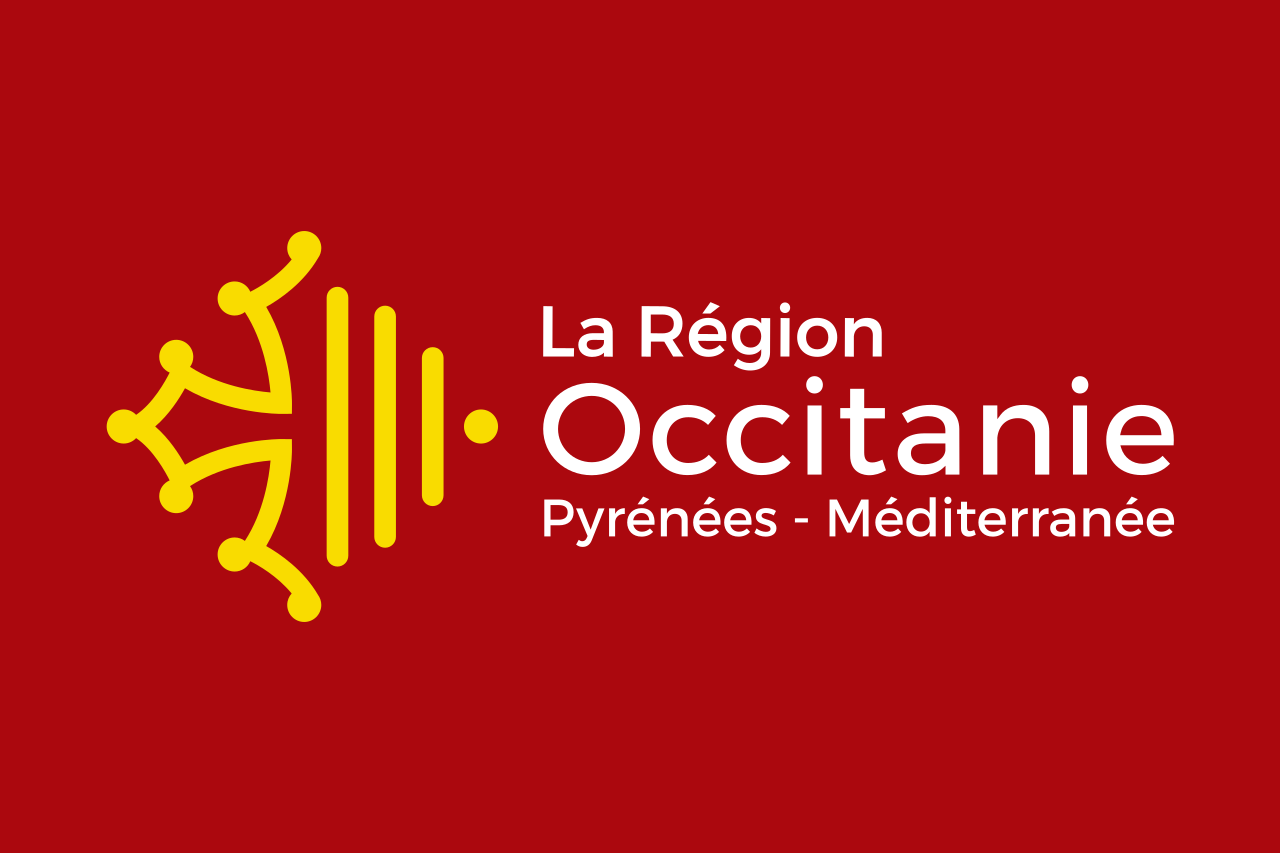 Okzitanien
Okzitanien
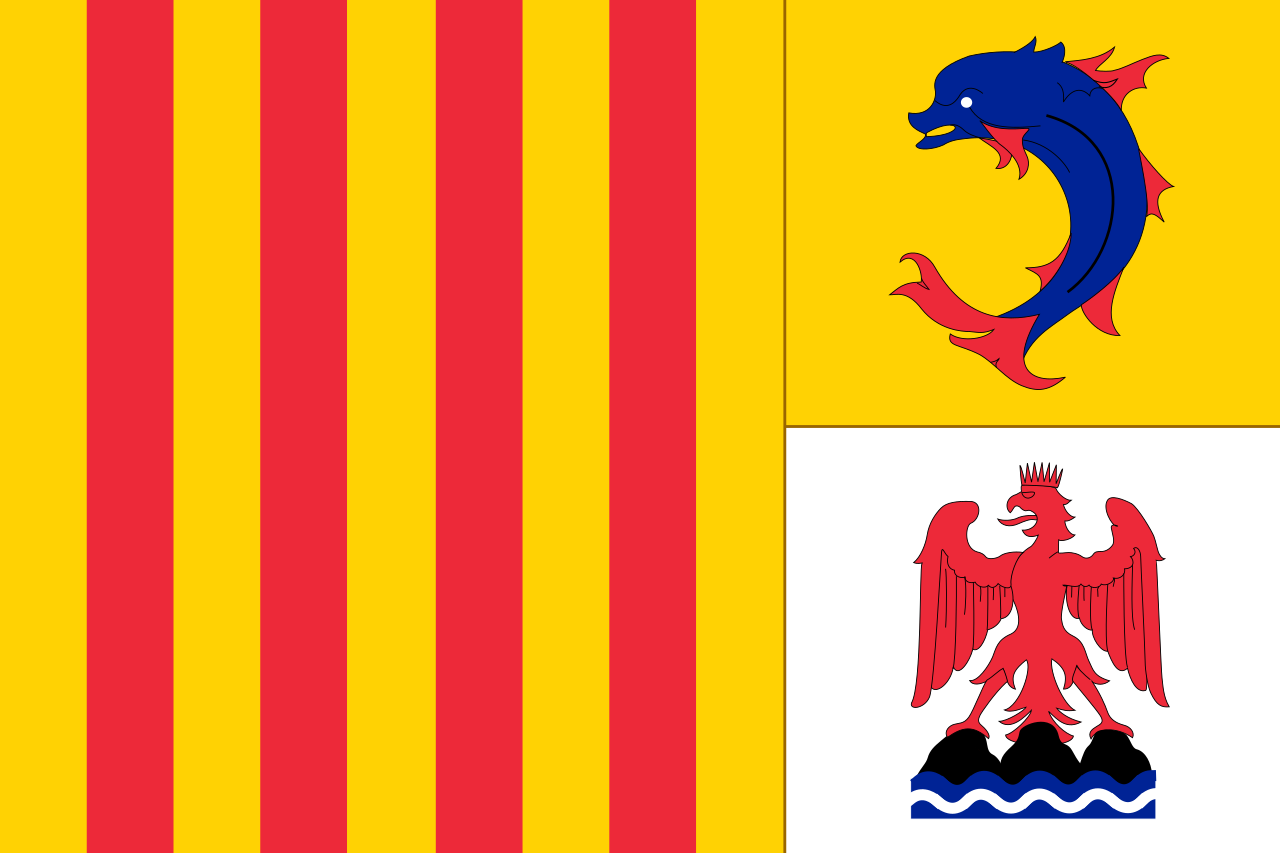 Provence-Alpes-Côte d´Azur
Provence-Alpes-Côte d´Azur
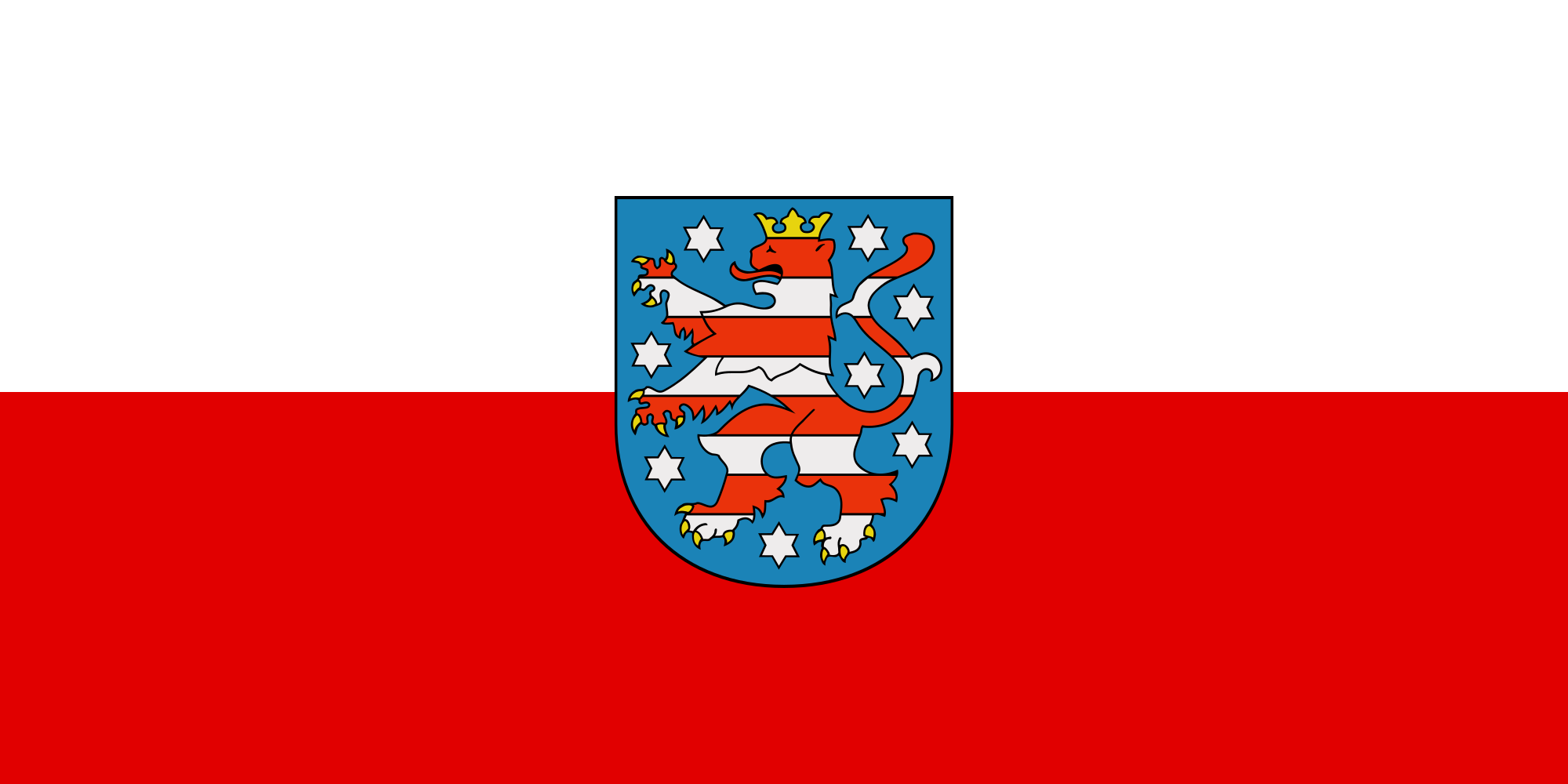 Thüringen
Thüringen
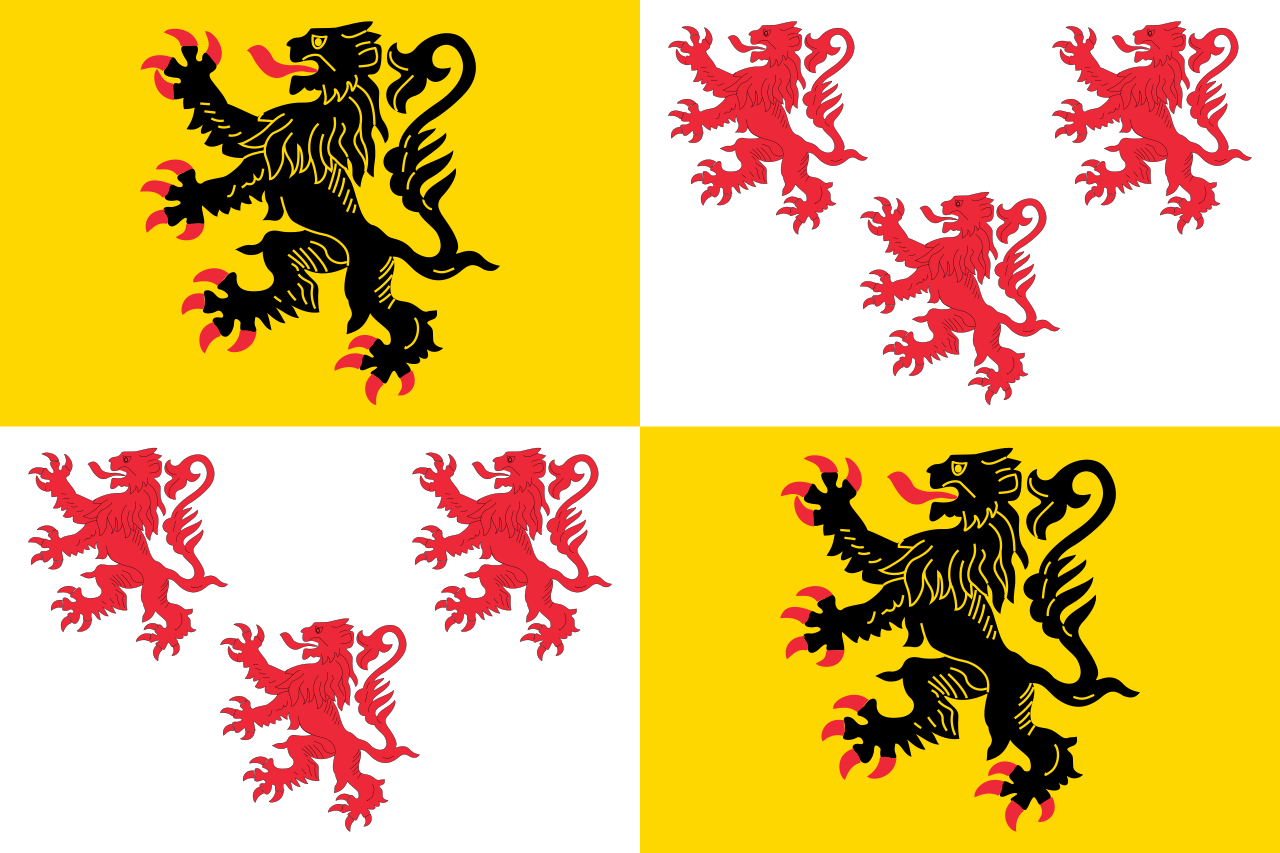 Hauts-de-France
Hauts-de-France
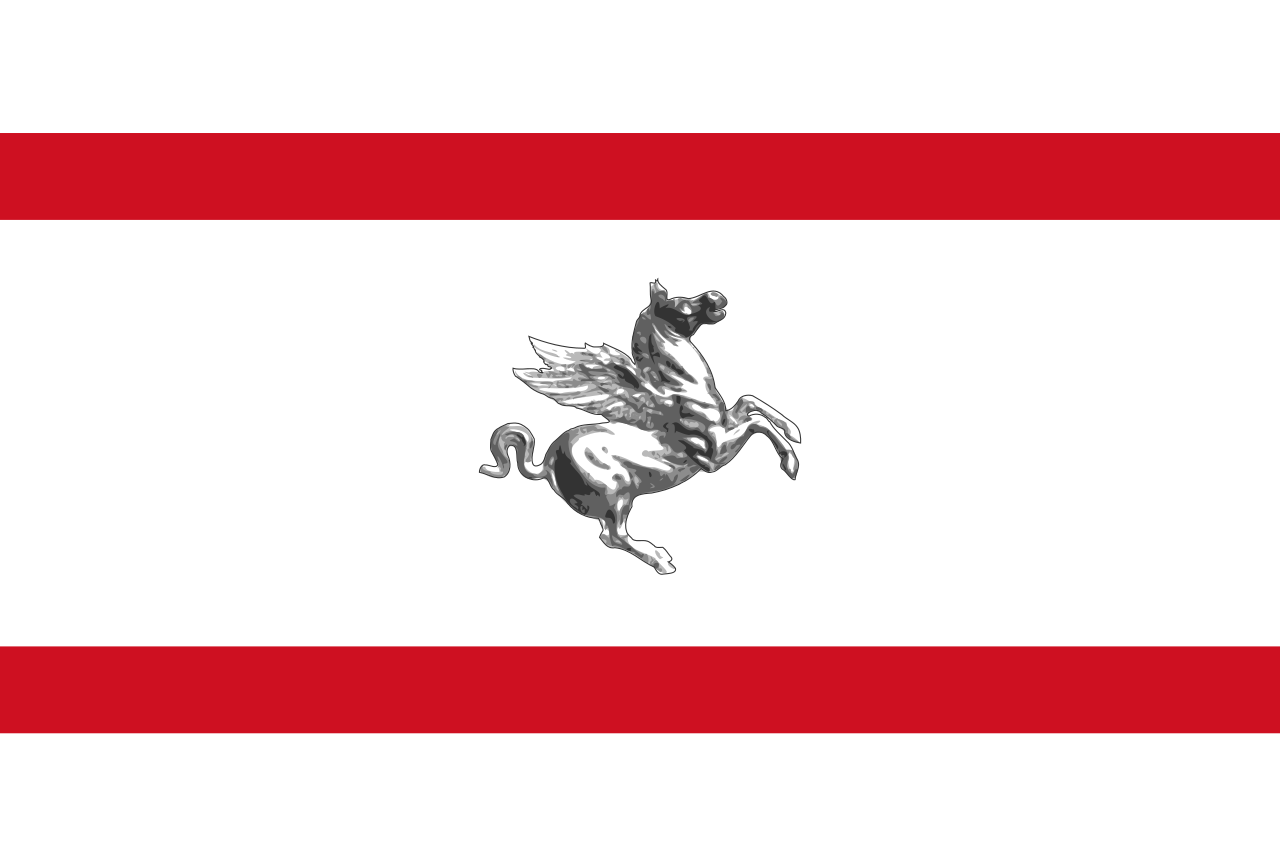 Toscana
Toscana
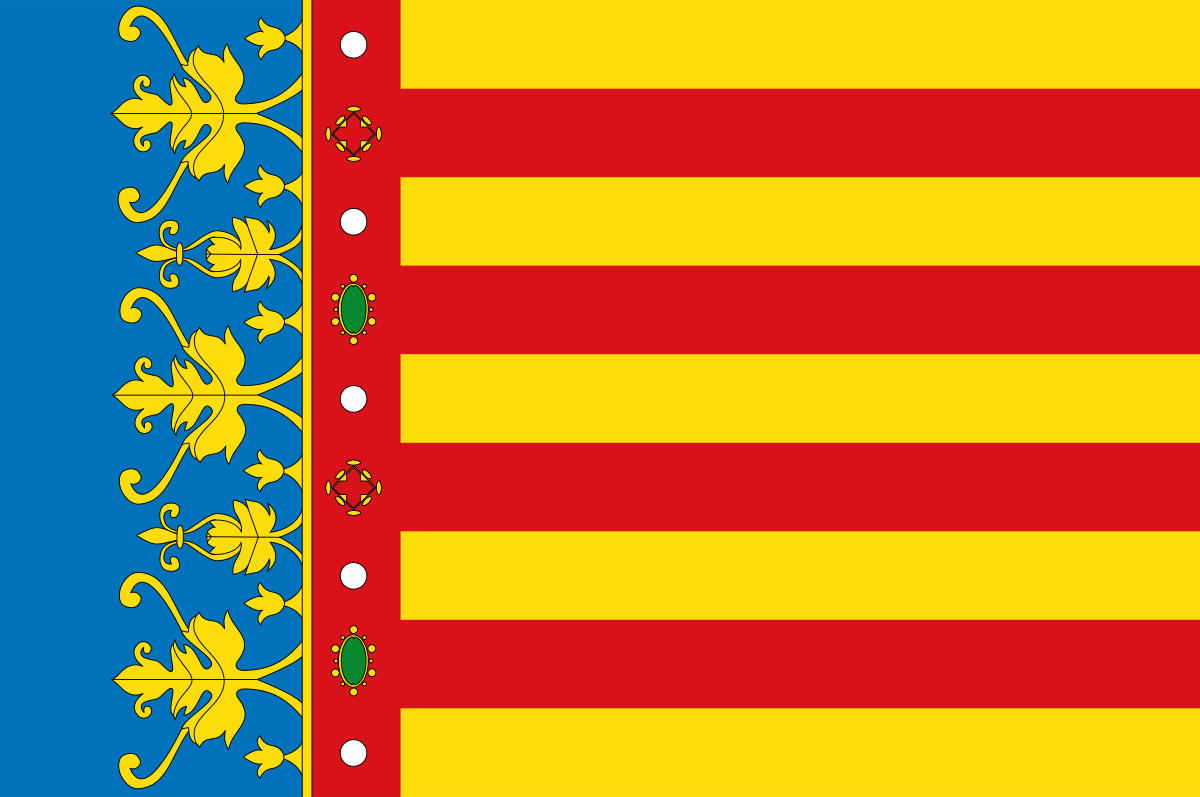 Comunidad Valenciana
Comunidad Valenciana
 Sport
Sport
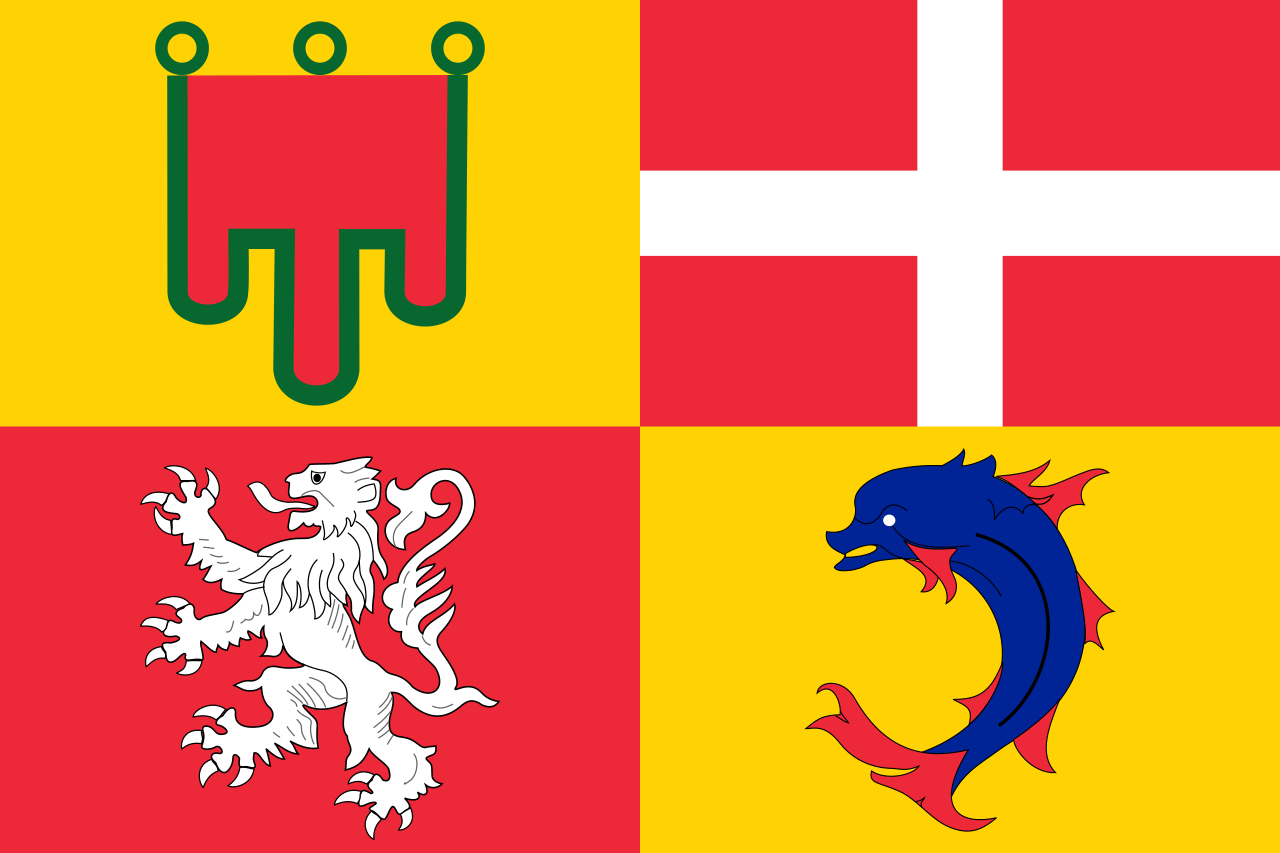 Auvergne-Rhône-Alpes
Auvergne-Rhône-Alpes